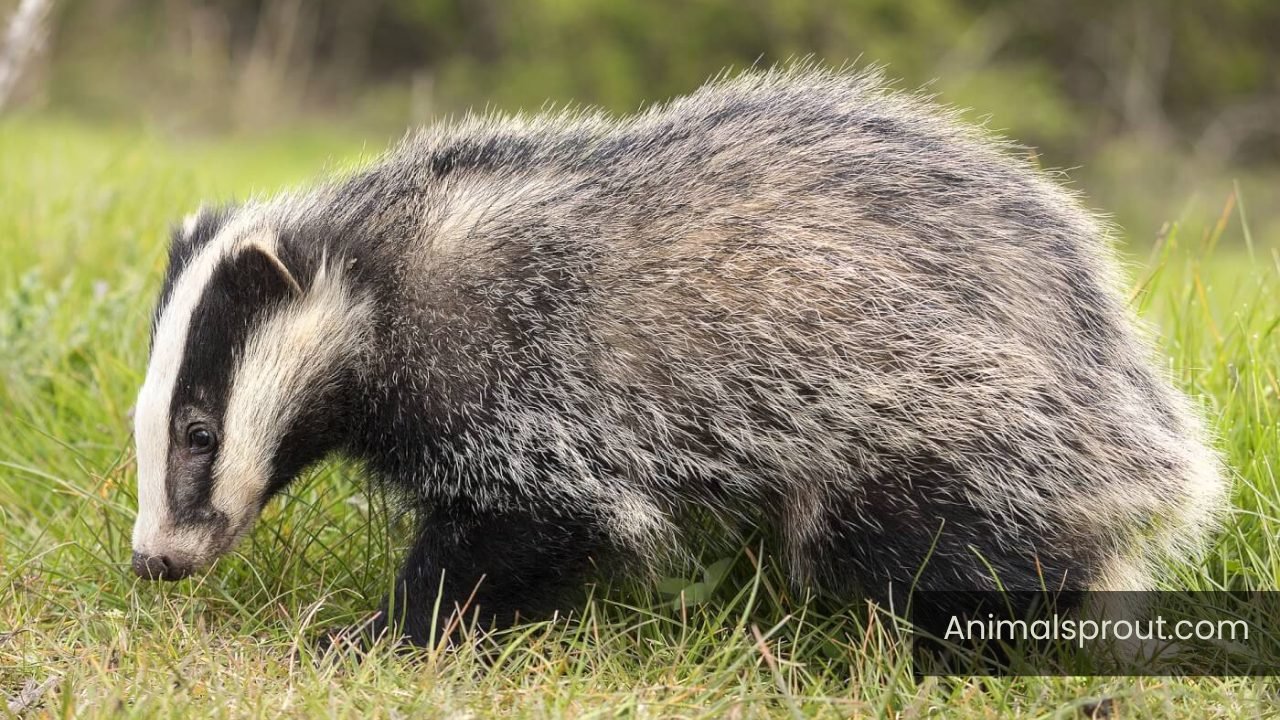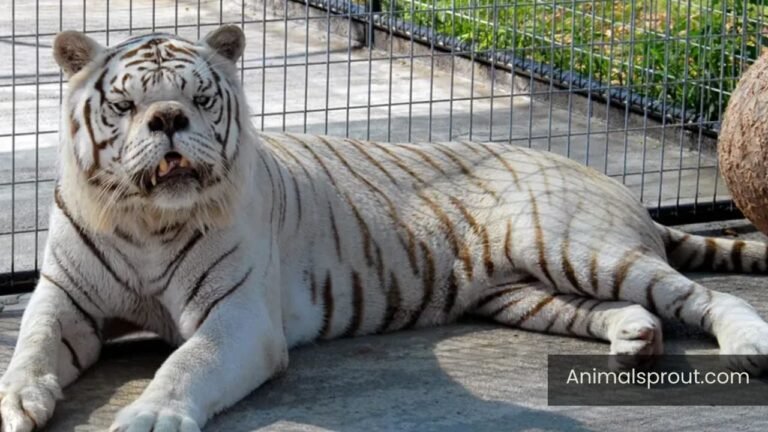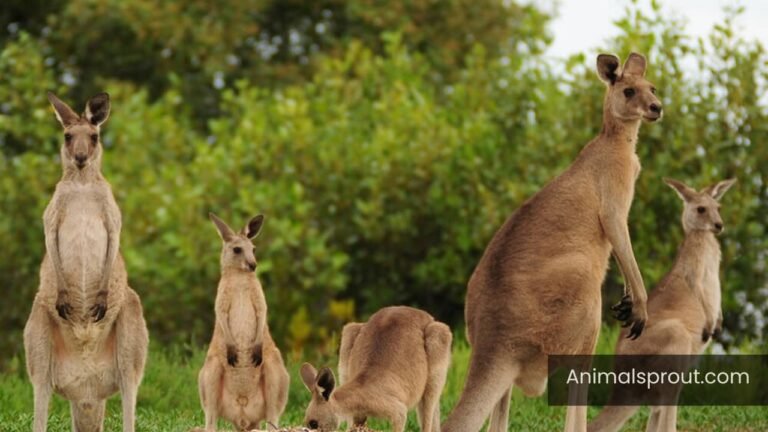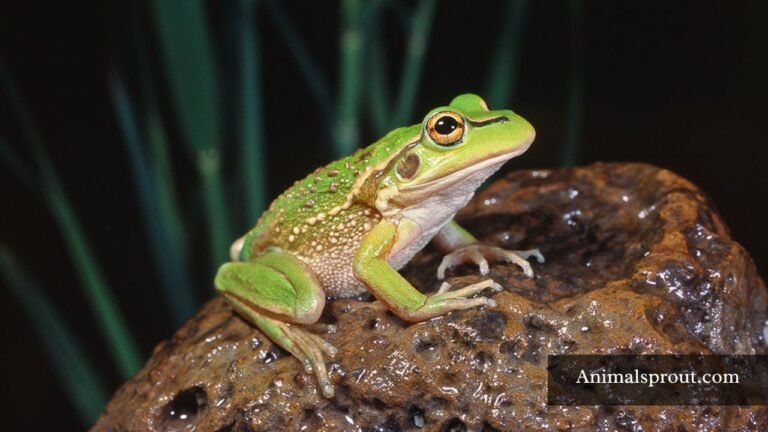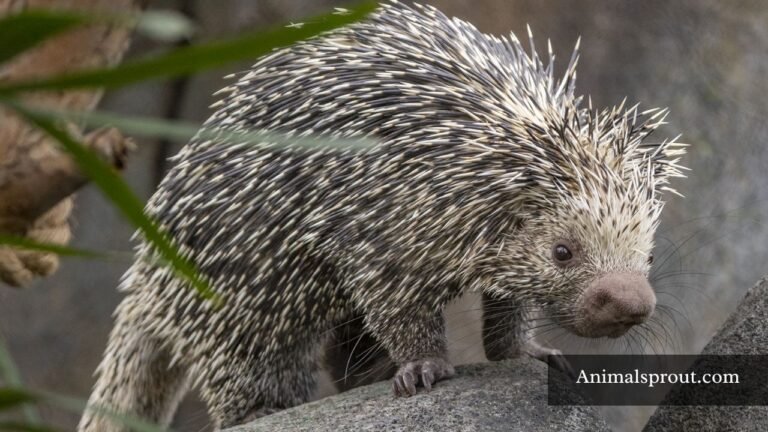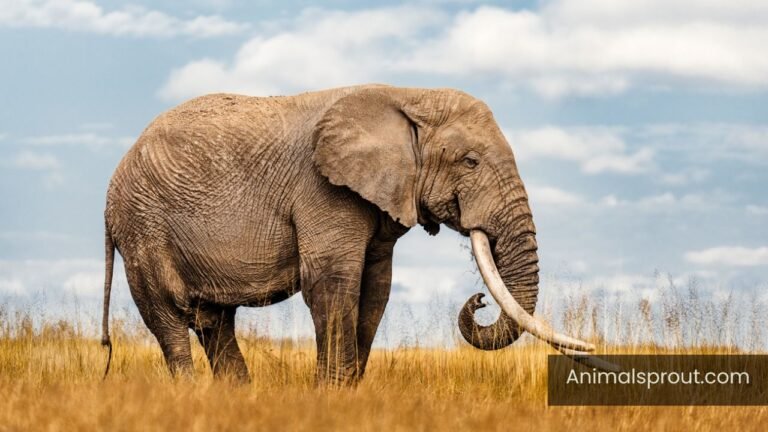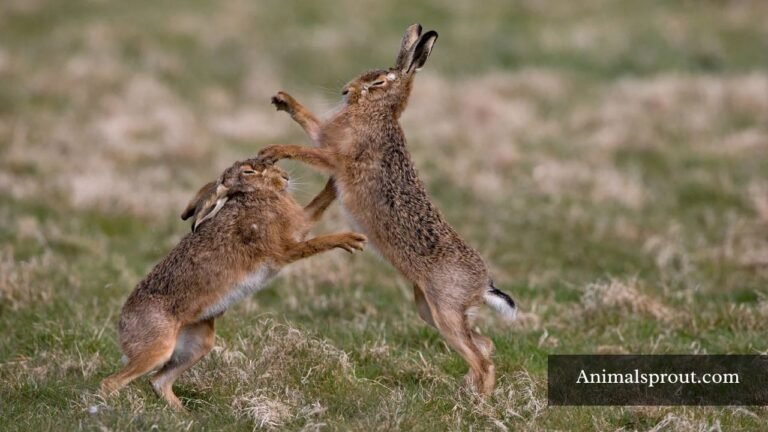Facts: Are There Badgers In Michigan?
Are you curious about the wildlife that inhabits Michigan’s diverse ecosystems? One question that often arises is, “Are there badgers in Michigan?” While these fascinating creatures may not be as commonly spotted as deer or raccoons, understanding their role in our local environment is crucial.
This article will explore the current population status of badgers in Michigan, their habitats, and what it means for biodiversity in the region. By reading on, you’ll discover how these animals contribute to the natural balance and what you can do to help protect them.
Badgers In Michigan
- Habitat
- Diet
- Colour
- Size, Lifespan and Weight
- Predators
- Reproduction
Habitat
Class: Mammalia
Diet: Omnivorous
Badgers in Michigan thrive in a variety of habitats, showcasing their adaptability and resilience. Primarily found in open grasslands, fields, and lowland areas, these fascinating creatures favor regions with rich soil that allows for extensive burrowing. Their elaborate tunnel systems not only provide shelter but also serve as hunting grounds, where they can ambush prey like rodents and insects. Interestingly, the presence of badgers can indicate a healthy ecosystem, as they often coexist with other wildlife, including foxes and various bird species.
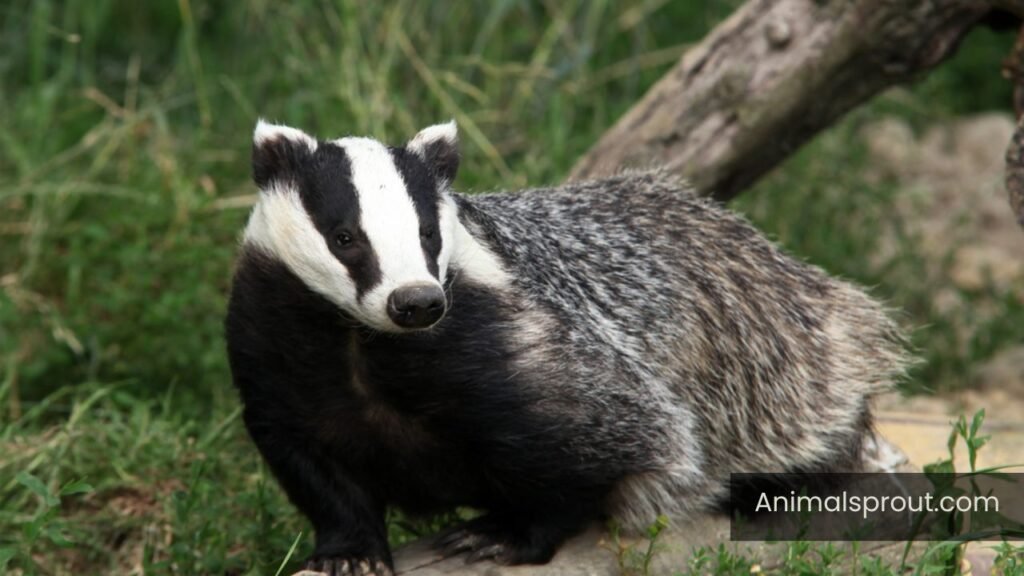
The unique climate of Michigan, with its seasonal changes, plays a crucial role in shaping badger behavior. During the colder months, these animals enter a state of torpor, slowing down their metabolic rates while remaining alert to their surroundings. This adaptation allows them to conserve energy when food is scarce. Moreover, the diversity of habitats across the state—from sandy dunes to dense forests—creates microenvironments that cater to different aspects of their lifestyle, ensuring that badgers can continue to thrive despite environmental fluctuations. As stewards of the land, badgers contribute to soil aeration and nutrient cycling, underscoring their importance in maintaining ecological balance.
Diet
Badgers in Michigan exhibit a fascinating dietary adaptability that reflects their role as both predators and scavengers in the ecosystem. Primarily carnivorous, they primarily feast on small mammals such as rodents, rabbits, and ground-nesting birds, employing their keen sense of smell to locate prey hidden beneath the soil. However, they are not strictly meat-eaters; their diet also incorporates a variety of plant materials, including berries, roots, and tubers. This omnivorous tendency allows badgers to thrive in different habitats and seasons, showcasing their resilience in the face of changing environmental conditions.
What sets Michigan’s badgers apart is their unique foraging behavior. They often engage in a practice known as “clipping,” where they bite off the tops of grasses and other vegetation, which not only provides them with food but also aids in uncovering hidden insects and small animals. This behavior highlights their intelligence and problem-solving skills, allowing them to optimize their foraging efforts. During the fall months, badgers are known to cache food—storing excess prey in shallow burrows—which serves as a crucial survival strategy during the harsher winter months when food becomes scarce.
Colour
Badgers in Michigan are often overlooked when discussing the state’s diverse wildlife, yet their striking coloration is a testament to their adaptability. The distinctive combination of gray and brown fur allows them to blend seamlessly into the earthy tones of their natural habitat, providing essential camouflage from predators while hunting or foraging. This coloration isn’t just for aesthetics; it also plays a crucial role in temperature regulation. The lighter shades reflect sunlight during the warm months, while the darker hues absorb warmth in cooler conditions, showcasing nature’s ingenuity.
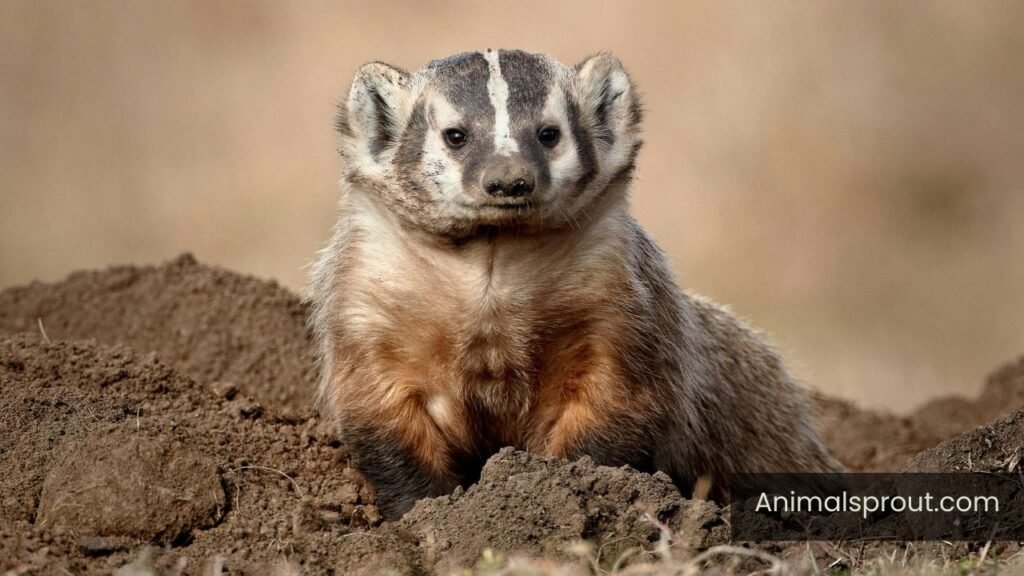
The color patterns of badgers can vary significantly across different regions, influenced by local soil types and vegetation. In northern Michigan, for instance, some badgers may exhibit a more reddish hue, which could be a response to the iron-rich soils found in that area. Observing these subtle variations adds another layer to our understanding of how these animals adapt to their environments. Moreover, the seasonal changes in their fur can lead to a striking transformation; as winter approaches, their coats become denser and sometimes take on a richer, deeper tone, allowing them to thrive even in Michigan’s harsh winters.
Readmore: Explore Vultures In Michigan.
Size, Lifespan and Weight
Badgers in Michigan are fascinating creatures that often go unnoticed in the lush landscapes of the state. Typically, these robust animals measure between 20 to 30 inches in length, with a stocky build that allows them to dig efficiently in pursuit of prey. Their distinctive black and white facial markings give them a unique appearance, helping them blend into the rocky terrains they call home. Adult badgers usually weigh between 15 to 30 pounds, with males generally being larger than females.
In terms of lifespan, badgers can live up to 14 years in the wild, though many face threats from habitat loss and predation that can shorten their lives. This resilience is showcased in their ability to adapt to various environments, from grasslands to forested areas. Badgers are primarily nocturnal, which adds a layer of intrigue to their habits and interactions within the ecosystem.
Predators
Badgers in Michigan are often underestimated as mere burrowing creatures, yet they play a crucial role as predators in the state’s diverse ecosystems. These tenacious animals are adept at hunting small mammals, such as rodents and rabbits, which helps maintain a balance in local populations. Their unique hunting technique—using their powerful forelimbs to dig into burrows—allows them to access prey that many other predators cannot reach. This adaptability not only highlights their role as effective hunters but also emphasizes the intricate web of life within Michigan’s habitats.
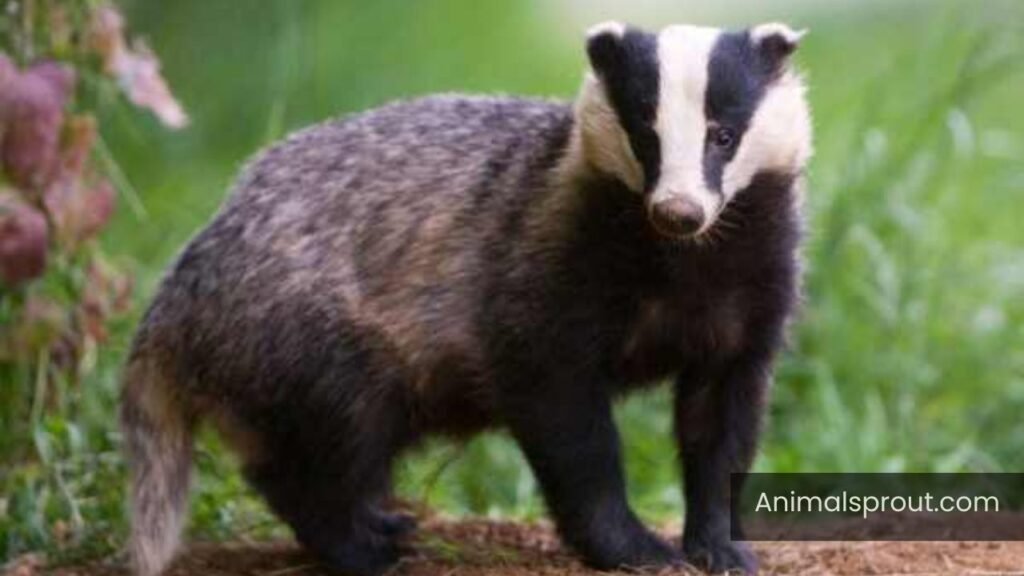
Furthermore, badgers’ foraging behavior contributes to soil aeration and seed dispersal, indirectly supporting plant health and biodiversity. As they excavate their extensive burrow systems, they create microhabitats for various species, promoting ecological diversity. Surprisingly, badgers are also known to form symbiotic relationships with other animals, such as coyotes; the two species often hunt together, leveraging each other’s strengths to increase their success rates. This cooperation showcases the complexity of predator dynamics and the interconnectedness of wildlife in Michigan’s landscapes, urging us to appreciate these remarkable creatures beyond their somewhat misunderstood reputation.
Interesting Facts: Are Kangaroos Smart?
Reproduction
In Michigan, badgers exhibit fascinating reproductive behaviors that reflect their adaptability to the environment. Mating typically occurs between late winter and early spring, with males engaging in a competitive courtship that involves vocalizations and displays of strength. After a gestation period of about 6 to 8 weeks, female badgers give birth to a litter usually ranging from two to five kits. This timing aligns with the onset of warmer weather, providing the young with ample food sources as they begin to emerge from the burrow.
What sets Michigan’s badgers apart is their unique nesting behavior. Unlike many other species, female badgers often dig extensive burrows, creating a safe and insulated environment for their kits. These dens can be quite elaborate, featuring multiple chambers that serve as resting areas and nurseries. As the kits grow, they remain closely guarded by their mother, who teaches them vital survival skills, such as foraging and digging techniques.
Readmore: Explore Most Greedy Animals In The World.
Final Thoughts
Are There Badgers In Michigan? While badgers are not commonly associated with the state of Michigan, evidence suggests that they do inhabit certain regions, particularly in the southern and western parts of the state. Their elusive nature and preference for specific habitats make them difficult to spot, which may lead to the misconception that they are absent from the area.
Conservation efforts and habitat preservation can play a crucial role in supporting these fascinating creatures. As residents and visitors explore Michigan’s diverse landscapes, keeping an eye out for badgers could contribute valuable information to local wildlife studies.
FAQs
Are There Badgers In Michigan?
Yes, there are badgers in Michigan. These animals are primarily found in the southern and central parts of the state, where they prefer open grasslands, fields, and areas with loose soil for digging. Badgers are known for their distinctive burrowing habits, often creating extensive tunnel systems.
Are there honey badgers in michigan?
No, honey badgers are not found in Michigan. They are native to Africa, the Middle East, and parts of Asia. These tough little creatures thrive in warmer climates and are known for their fearless behavior.
How common are badgers in michigan?
Badgers are relatively common in Michigan, particularly in the southern and western parts of the state. They prefer open habitats like grasslands, agricultural fields, and areas with sparse trees. While they may not be as frequently spotted as some other wildlife, their presence is definitely felt, especially in rural areas. These animals are primarily nocturnal, so they tend to be more active at night. If you’re hoping to see one, your best bet is to look for signs of their burrows or tracks rather than expecting to spot them during the day.

